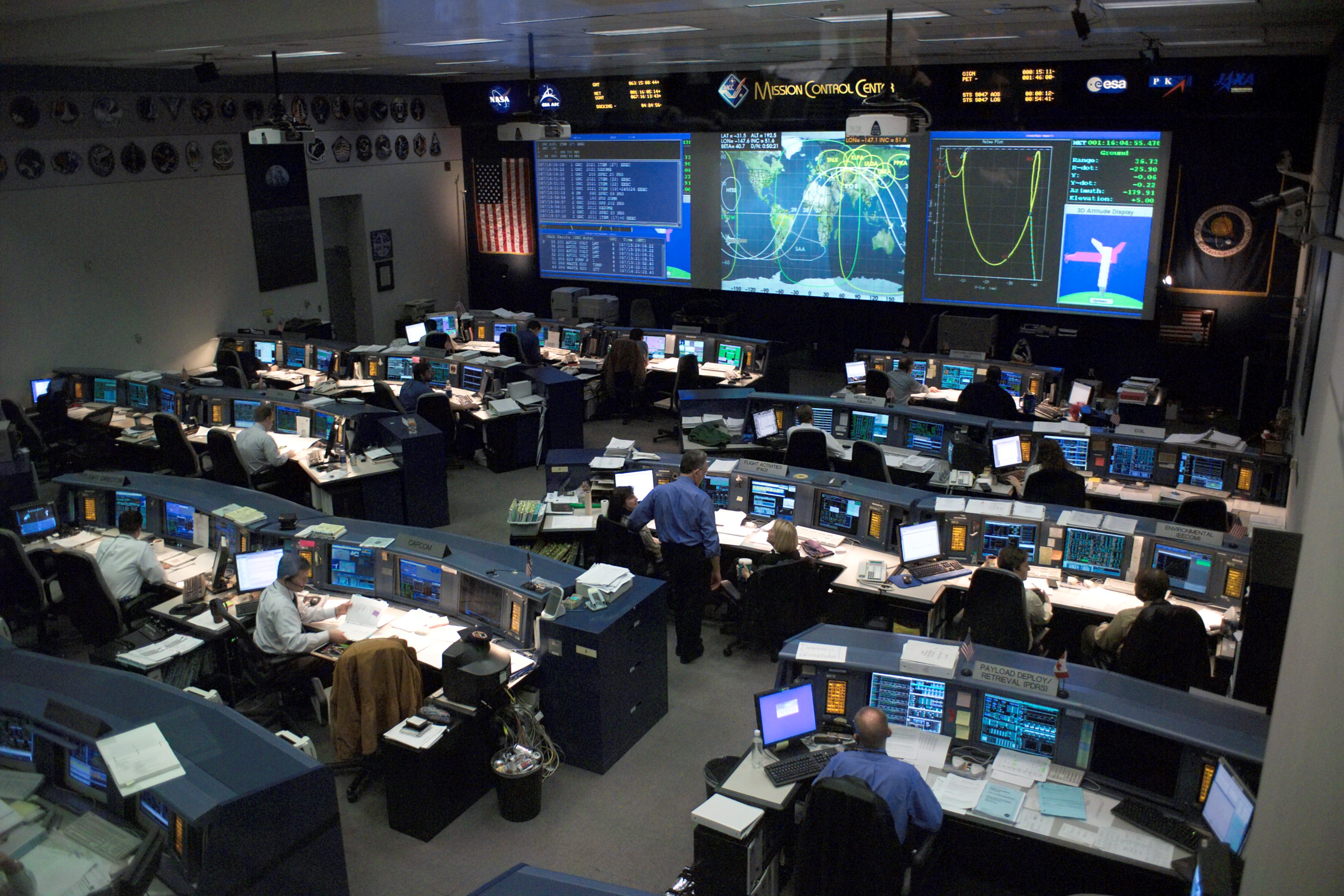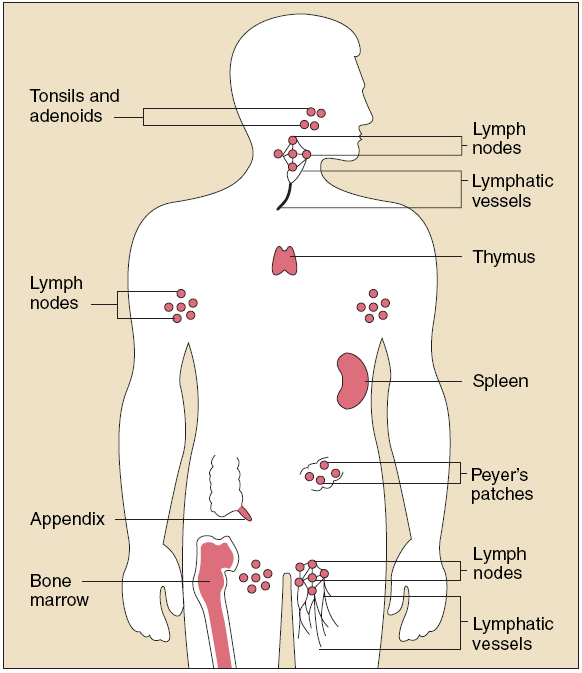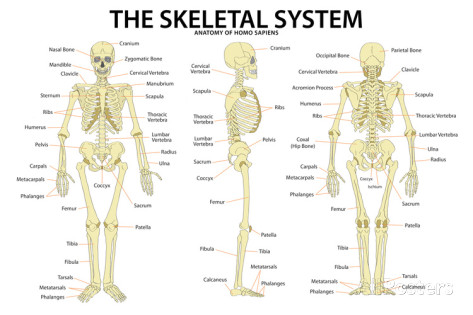 |
| http://classes.midlandstech.edu/carterp/Courses/bio211/chap25/figure_25_01_labeled.jpg |
The major organs of the Urinary System are:
Two Kidneys: These Kidneys extract waste from blood by pulling out harmful molecules from the bloodstream and leaving the good molecules. In addition, the Kidneys help balance body fluids by creating less urine when the body is lacking water. Also, the Kidneys form urine to get rid of waste from the body.
Bladder: The main purpose of the Bladder is to store urine. This allows infrequent and voluntary urination.
Urethra: In females, the Urethra tube conveys urine from the urinary bladder to the outside of the body. In males, the Urethra also functions as a urinary canal and as a passageway for cells and secretions, for various reproductive organs.
Two Ureters: The two Ureters are attached to each kidney. The function of the Ureters is to carry urine from the Kidney to the Urinary Bladder.
The Urinary System works very closely with the Circulatory System and the Endocrine System. The Urinary System interacts with the Circulatory System because blood that circulates through the body, via the Circulatory System, passes through the Kidneys of the Urinary System. As this happens, the Kidneys filter the blood by removing urea, uric acid, and water. Most of this water is put back into the system. The Urinary System interacts with the Endocrine System because the Endocrine System is the major controller of the Urinary System. As the levels of compounds and fluids are monitored, kidney function must be constantly altered to provide the best internal environment for the cells. The kidneys are also connected to the Endocrine System because the adrenal gland position of the top of the kidney.
Analogy
 |
| http://www.tandemchillers.com/ images/strainers/filtration1.jpg |
The Kidneys are like a filtration system because ...
- it filters liquid
- it has a safety benefit
- it removes bacteria
The Kidneys are like a filtration system because both filter liquids. The Kidneys filter blood as it circulates like how a filtration system usually filters water. In addition, the Kidneys are like a filtration system because both filter for a benefit. The Kidneys filters blood so that it is safe for the body. This is like how a filtration system filters water so it is safe for us to consume. Lastly, the Kidneys are like a filtration system because both remove bacteria. The Kidneys remove harmful molecules from the bloodstream as a filtration system removes bacteria such as Cholera.
Structure and Function
The Urinary Bladder is a muscular sac. The function of the Urinary Bladder is to store urine. This muscle that the sac is made up of, is expandable. When the Bladder is full, it expands. However when the Bladder is empty, it is the size of a pear. Knowing this information, I believe that because the Urinary Bladder is the structure of a sac, it is able to carry fluids like urine. In addition, I believe that because the Urinary Bladder is entirely made up of muscle, that it is able to expand or stretch when full of urine. As well as, shrink or go back to it's original size when it is empty. I believe that the structure of the Urinary Bladder allows it to be responsible for storing urine. knowing this information,
Sources:
http://www.biology4kids.com/files/systems_excretory.html
http://www.kidneyhealthcare.com/2010/02/organs-of-urinary-system-and-their.html
Sources:
http://www.biology4kids.com/files/systems_excretory.html
http://www.kidneyhealthcare.com/2010/02/organs-of-urinary-system-and-their.html
















